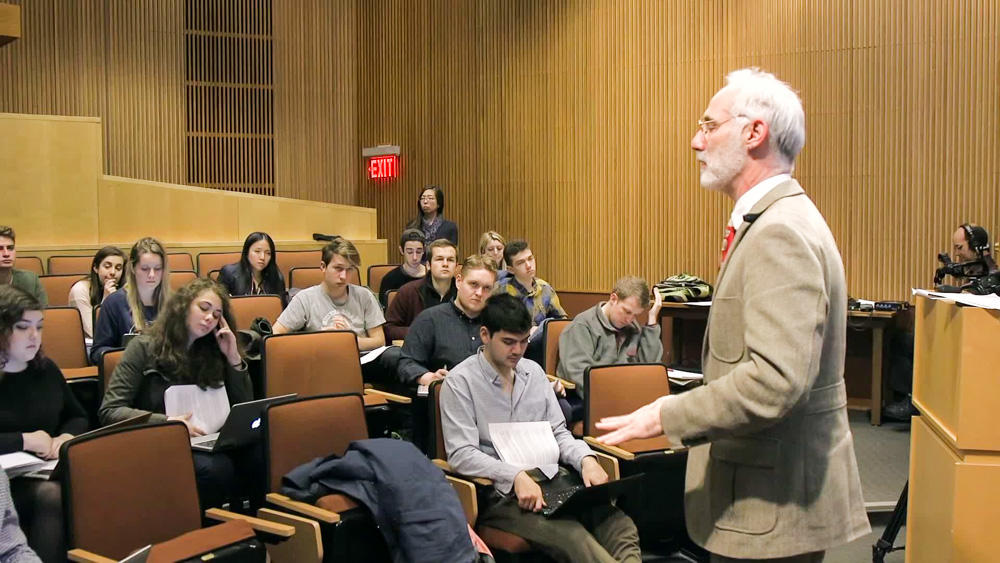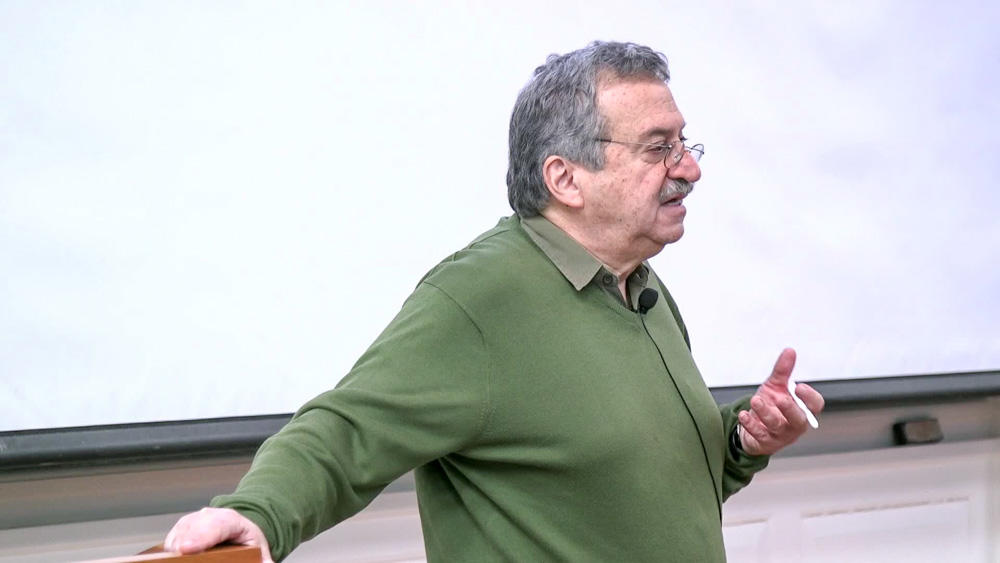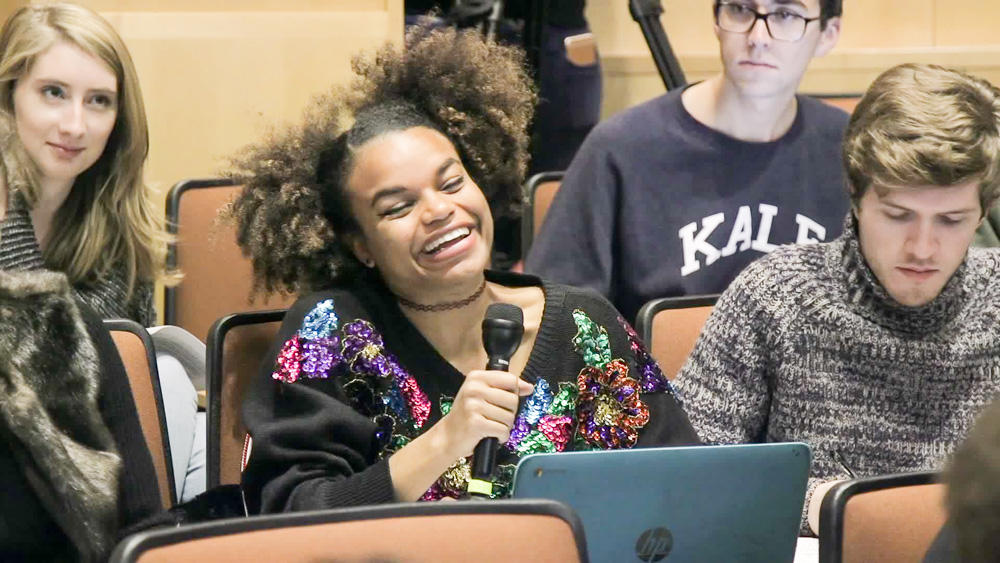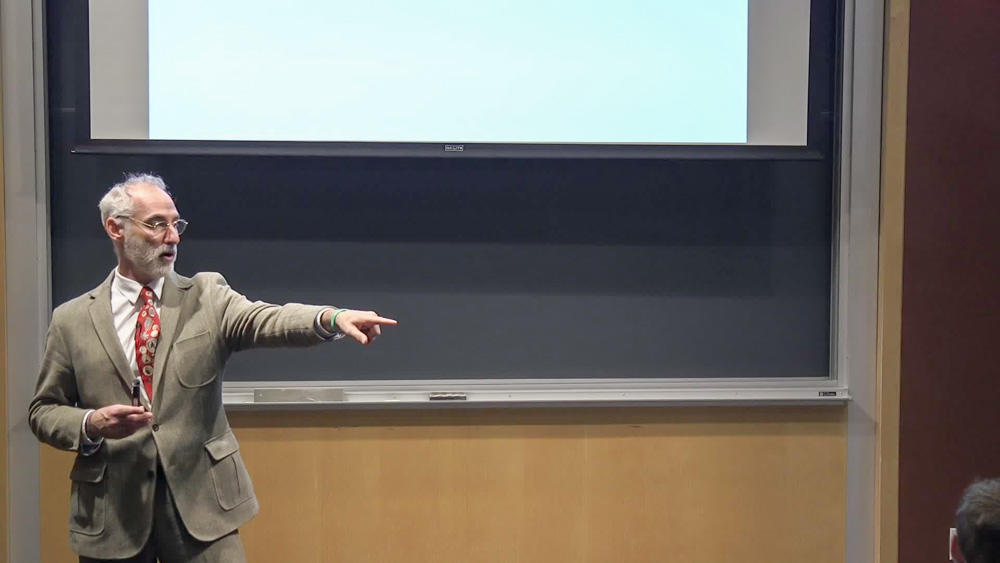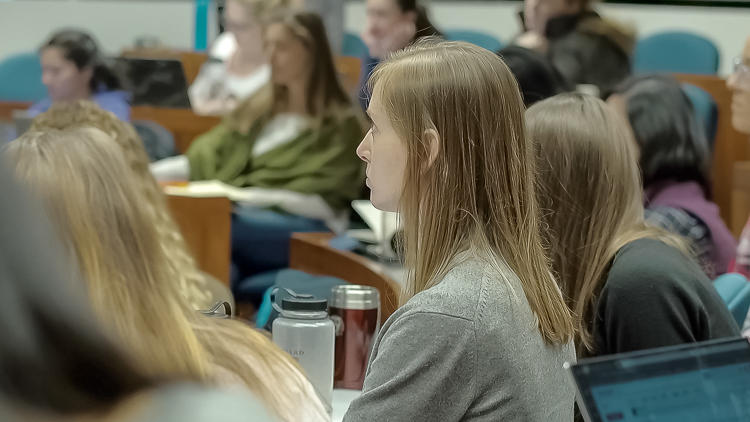Every instructor who intends for his/her students to achieve ambitious learning objectives by the end of a semester must first answer the question: “How do I get them there?” Just as physical scaffolding enables a work crew to reach new heights at a construction site, instructional scaffolding supports students as they begin to grapple with progressively more challenging skills. Through the use of strategies such as modeling a professor’s own thinking, co-constructing common knowledge as a class, and building off of student contributions, instructors provide the initial support necessary to lead students to master more advanced skills and reach new heights in their learning.
How can we organize our lectures so that student understanding and interest increase over time? How might we use exemplary student thinking and behaviors to illustrate overarching learning goals? After having taught material, how can we check in real-time whether students truly understand it? In these videos, featured professors detail how they scaffold learning so students work gradually toward deeper, more complex understandings.



